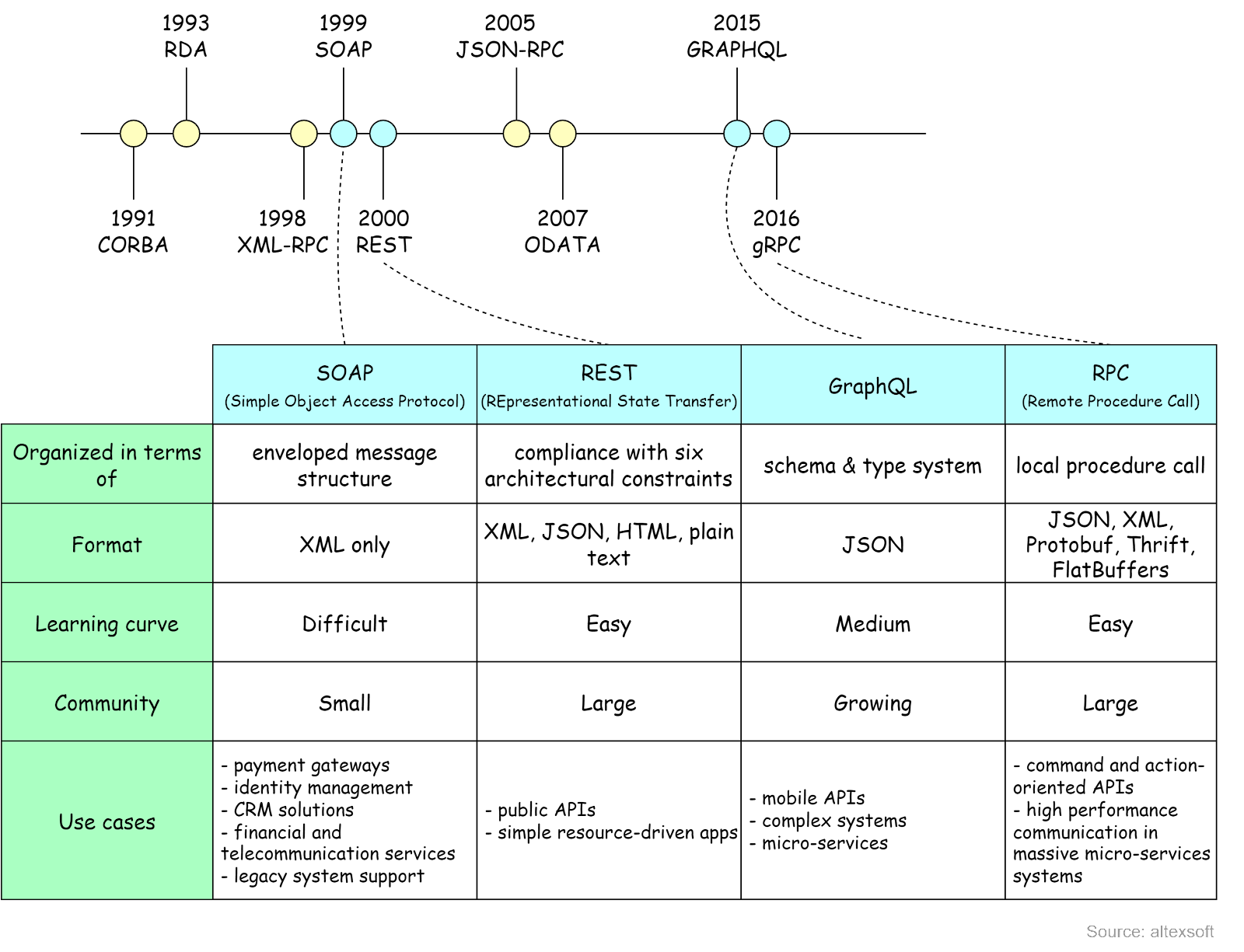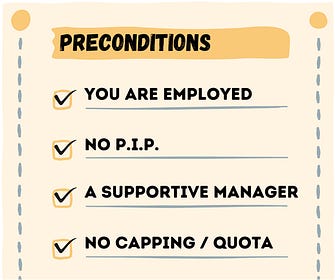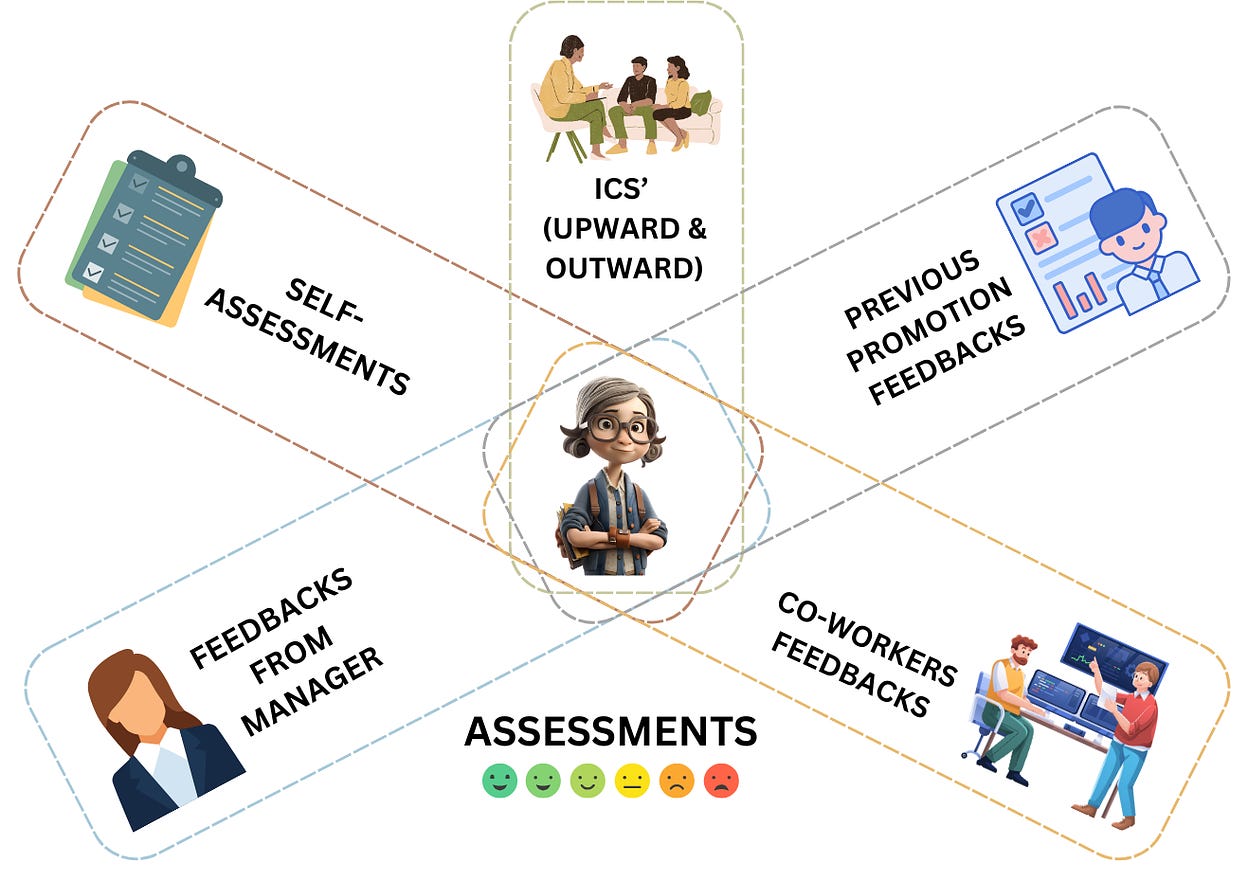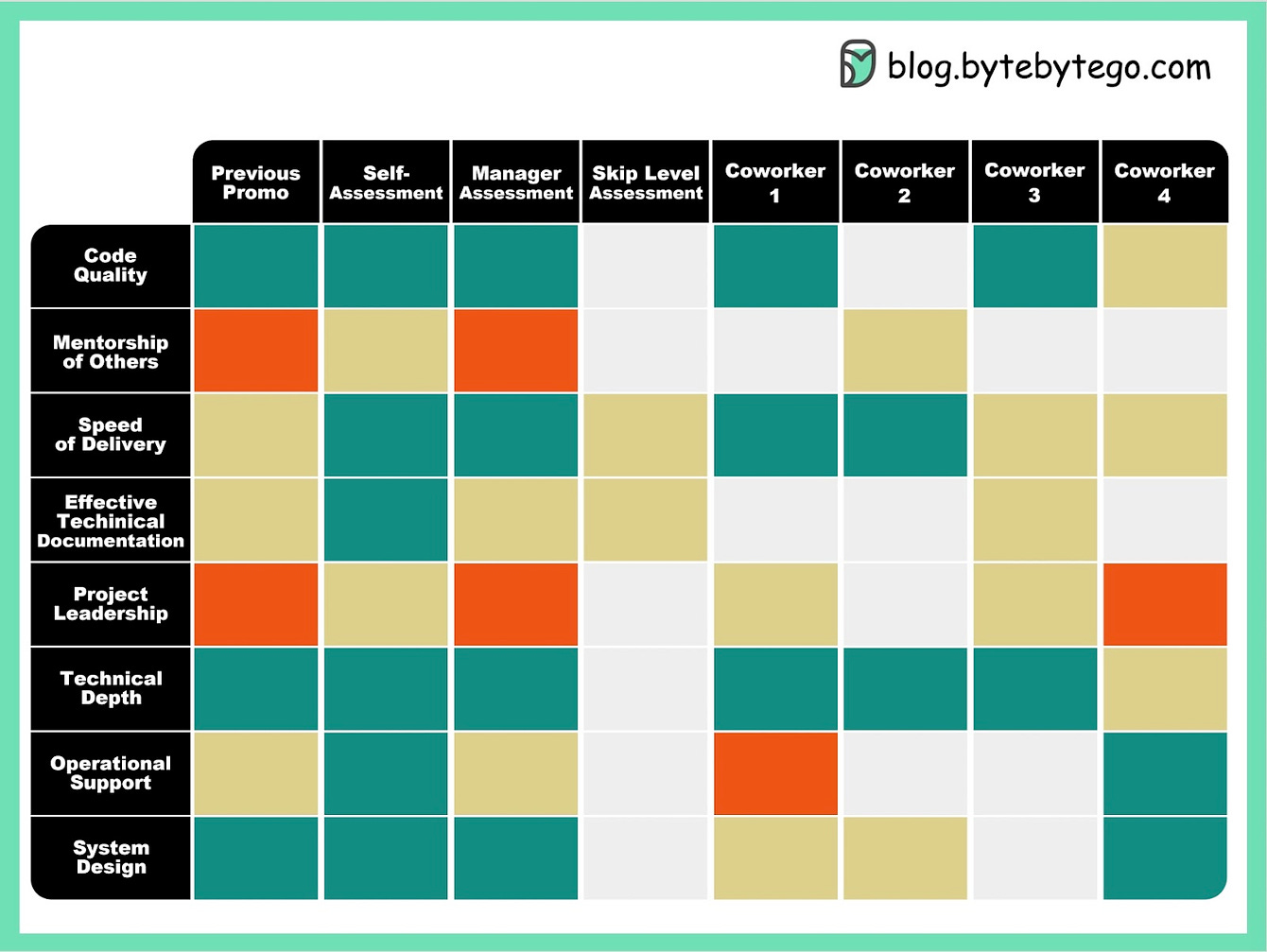- Mailing Lists
- in
- The Tech Promotion Algorithm: A Structured Guide to Moving Up
Archives
- By thread 5230
-
By date
- June 2021 10
- July 2021 6
- August 2021 20
- September 2021 21
- October 2021 48
- November 2021 40
- December 2021 23
- January 2022 46
- February 2022 80
- March 2022 109
- April 2022 100
- May 2022 97
- June 2022 105
- July 2022 82
- August 2022 95
- September 2022 103
- October 2022 117
- November 2022 115
- December 2022 102
- January 2023 88
- February 2023 90
- March 2023 116
- April 2023 97
- May 2023 159
- June 2023 145
- July 2023 120
- August 2023 90
- September 2023 102
- October 2023 106
- November 2023 100
- December 2023 74
- January 2024 75
- February 2024 75
- March 2024 78
- April 2024 74
- May 2024 108
- June 2024 98
- July 2024 116
- August 2024 134
- September 2024 130
- October 2024 141
- November 2024 171
- December 2024 115
- January 2025 216
- February 2025 140
- March 2025 220
- April 2025 233
- May 2025 239
- June 2025 303
- July 2025 42
The Tech Promotion Algorithm: A Structured Guide to Moving Up
The Tech Promotion Algorithm: A Structured Guide to Moving Up
This is a sneak peek of today’s paid newsletter for our premium subscribers. Get access to this issue and all future issues - by subscribing today. Latest articlesIf you’re not a subscriber, here’s what you missed this month. To receive all the full articles and support ByteByteGo, consider subscribing: While most topics in the ByteByteGo newsletter focus on technical knowledge, we also acknowledge the critical role of managing career growth and development, particularly for those at or targeting senior software engineer roles. In today's issue, we are fortunate to have Steve Huynh, Principal Engineer at Amazon, as our guest contributor. Steve is an 18 year veteran at Amazon. He’s conducted more than 850 technical interviews, trained thousands of people on how to conduct interviews and assess candidates, and has directly mentored dozens of folks to get to the next level. I encourage you to check out his new program, Speedrun to Promotion. I also encourage you to check out his YouTube channel, and his free newsletter for further insights. Follow Steve for more on LinkedIn and Twitter. If you choose to go down the path of becoming a high-level tech IC, there’s a common frustration and helplessness that comes from not knowing how to get promoted. It’s easy to feel stuck and uncertain about the next steps in your career progression, even if you are doing everything that has been asked of you. The lack of clarity and guidance on what it takes to level up can be demotivating, especially if your peers seem to be passing you by. A lot of this frustration comes from the lack of structure to the whole process. But because promotion is a process, it can be streamlined and optimized. In this newsletter, I’ll explain to you my personal approach to promotions that takes the guesswork out of the equation. A lot of advice for promotion I would characterize as guess and check. It’s not wrong per se, but it doesn’t take into account the specific situations people are in, and it’s not guaranteed to terminate. Advice like “you should become a subject matter expert (SME) on your code base, ” or “you should lead a project from start to finish” may very well be true. The problem is that some of this advice doesn’t have clear boundaries. When exactly do you become an SME? You can also lead projects from start to finish and still be passed up for promotion and not know why. A better approach is to invert things to create a plan that addresses gap areas that you proactively identify. This ensures that your effort is focused on things that directly address next-level criteria, instead of things where you’ve already demonstrated strengths, or worse, put effort into things that won’t make a difference at all. I call my approach the Tech Promotion Algorithm. In this newsletter I will share the exact steps to this algorithm. I developed this framework over the course of nearly 20 years in the tech industry. Over this time I’ve helped dozens of people get to the next level, whether that was a promotion in-role or a lateral role change, like from SDET to SDE. This also includes several people that I’ve directly helped get to the L7 principal engineer level. PreconditionsLike any algorithm, there are preconditions that must be satisfied before we can proceed:
Tech Promotion AlgorithmThe Tech Promotion Algorithm consists of three steps.
Iterate on these three steps until you are promoted. After every iteration, your areas for improvement should shrink, the plan should have less and less ambiguity, and execution should be much more focused. While there is no guarantee that this approach will always lead to a promotion, it optimizes for taking action on targeted areas in a systematic manner, so you at least avoid relying on guess and check methods. 360 AssessmentTo create a comprehensive assessment of yourself, you must get feedback from the following sources:
I will go over each type of feedback provider in more detail. But it’s critical that you both ask for your strengths and areas for improvement in terms of next-level criteria. Feedback against at-level criteria is useful for things like yearly performance reviews, but they are not the same. Many companies, especially large ones, have published promotion criteria and leveling guidelines for each role. If this exists for your company, you are ready to proceed to gathering feedback. If your company is small or doesn't have formal promotion criteria, don't fret. If you do some sleuthing online, you can find the role and level guidelines for other tech companies. Use sites like levels.fyi to map your role, level, and company (or a comparable company) to the level guidelines that you've found online. This approach isn't perfect, as there is often company-specific culture and terminology baked into these documents, but for the most part, these criteria are shared across the industry. Gathering 2-3 of these level documents and mapping them against levels.fyi should give you a good sense of the scope required at the next level for your company. You should have 8-10 dimensions for which you need to gather data points. Put these in a spreadsheet as rows. The columns will be the feedback sources. To fill out your assessment, you will color the cells red for needs major improvement, yellow for needs minor improvement or more data, green for strength, and gray for no data. Keep reading with a 7-day free trialSubscribe to ByteByteGo Newsletter to keep reading this post and get 7 days of free access to the full post archives.A subscription gets you:
© 2023 ByteByteGo |
by "ByteByteGo" <bytebytego@substack.com> - 11:37 - 10 Oct 2023





